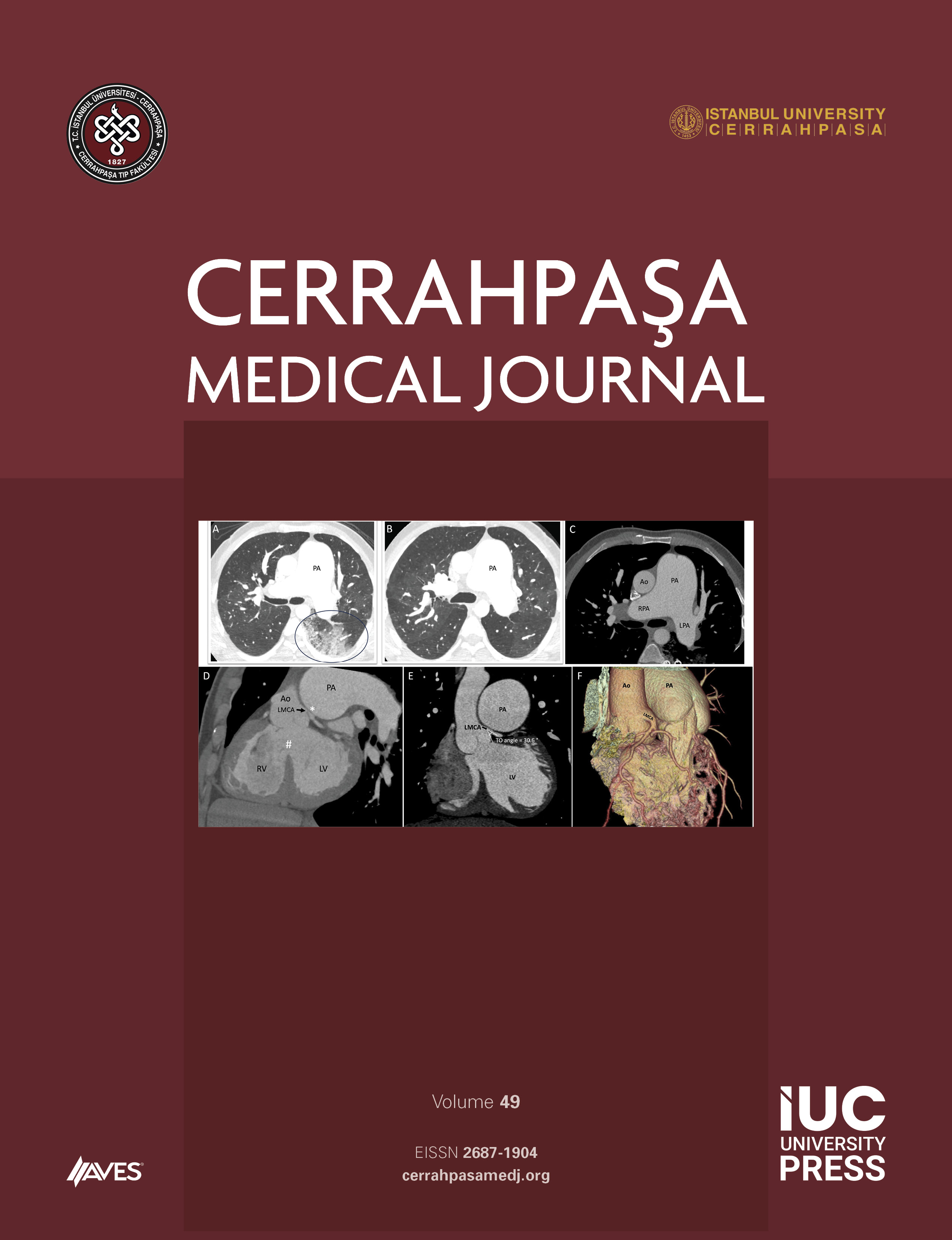Background.- The modern era of EMS was created in the last decades with coordinated transport and prehospital interventions, to provide earlier, more intensive care to the community. Successful EMS systems are designed to meet the needs of the communities they serve. The state provides laws that broadly outline what is prudent, safe, and acceptable. To be effective, EMS systems must be planned and operated at the local level. Communities need to identify their individual needs and resources, develop funding mechanisms, and become involved on all levels in structuring the system. The EMS system must provide equal access to all and remain protected from forces that serve the interests of only one group. Medical direction is characterized as either immediate (on-line), or organizational (off-line). The EMS system should train physician surrogates (ie, paramedics) to deliver prehospital care. Physicians providing on-line direction should be appropriately trained and familiar with the operations and limitations of the system. Physician input, leadership, and oversight are essential in ensuring that the medical care provided is safe, effective, and in accordance with accepted standards. Physicians must be empowered and involved in planning, implementing, overseeing, and evaluating all components of the system.
The objective of this paper is to outline the field and general features of an EMS system.



